Takashi Miike startled everyone by directing a hit, formula, horror film, the first of his accomplished mainstream movies. After offbeat and ultra-gory cult classics, fans were worried he’d abandon low budget film-making. Thankfully, that’s not been the case, but he’s now proved he can work well in film and TV on any budget.
The first One Missed Call (2003) was a shameless derivative of Ring, but Miike helped push the format into new territory with a fast pace, inventive shock scenes and even satire. In the story, the tabloid media get onto the bizarre murder story, and televise one of the threatened curse deadlines. Highly enjoyable, one of the best J-horrors I’ve seen, it was a sufficient hit to spin off a ten hour TV series and two sequels.
 ONE MISSED CALL 2
ONE MISSED CALL 2Scary in a coal mine...
For the sequel, it's highly advisable to have just watched the first film, as there are many back references to its story and characters.
A small group of friends find that they’re being targeted by the cell-phone curse when one of their parents accidentally takes a call intended for one of them. While trying to survive, they discover that the recent events (briefly flashed back from the first film) aren’t over, and an older curse may be personally linked to one of them. As the friends start dying, a reporter and a detective join the race against time as everyone hunts for clues as far as Taiwan and down an old coal mine…

This is just as creepy as the first film, thanks largely to the unnerving and noisy soundtrack, backed by a hypnotic ambient soundtrack. But it’s suspenseful horror, and misses out the inventive set-piece death scenes that I hoped would figure in the sequels. In fact, half of the deaths take place offscreen. As always, the core of the curse is suitably nasty, (let’s just say ‘lips’ and ‘long needle’…) which keeps the tone both tragic and edgy. There's also a very Sadako scene, which almost deliberately reminds us of the trilogy’s debt to the Ring franchise.
The acting is mostly well-played, but the male leads aren’t quite up to convincing screaming and horror hysterics. Their tough guy antics, like breaking through doors and falling about, almost verges on comedy.

One Missed Call 2 is good, but not great. Good for atmosphere but not great on thrills. I watched the Hong Kong DVD release which has good English subtitles and a fantastic DTS soundtrack option. In the US, the region 1 DVD is a double-disc set that includes missing deleted scenes to help explain the twisty plot.
(2006, Japan)
Are you quite sure you want a video phone?
Final is the third film. Far removed from the strengths of the first film, when a mostly adult crowd tackled the curse. Here it’s a class of teenagers on a school trip to South Korea. Probably aimed more at a cell-phone crazy younger audience.
In flashbacks we know that the classmates were so cruel to one girl that she ended up hanging herself. Somehow teamed up with Mimiko, the original cursed girl of the series, she takes revenge by sending deadly telephone calls to the bullies, and ticking them off a class photograph, reminiscent of the Battle Royale poster.

With simple and repetitive shocks (the best seems to have been borrowed from My Bloody Valentine), mostly green staring faces of death and endless clutching hands, occasionally surprise but don’t frighten. Gone is the tense atmosphere of the second film. The scares are almost mild enough to transpose it into the Haunted School series. Interestingly, given the Korean setting, two close girlfriends in the story give a hint of homage to the Whispering Corridors series. But what I really wanted was another One Missed Call film. It’s no surprise that this third film hasn’t been released on DVD in the UK or US yet.










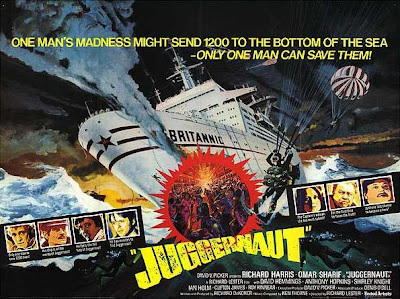







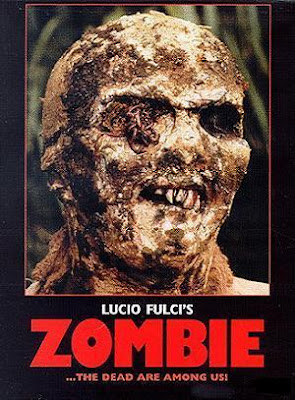



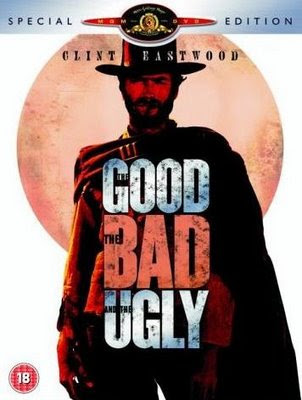



 `
`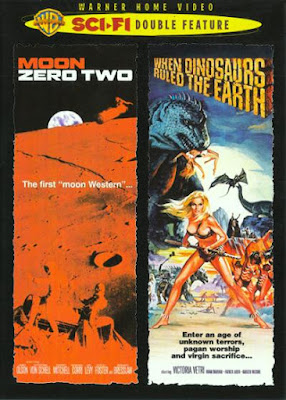




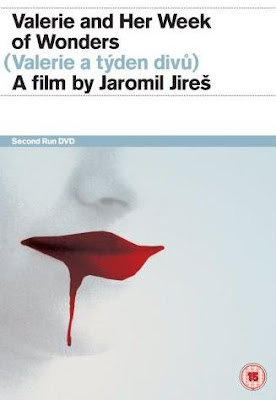
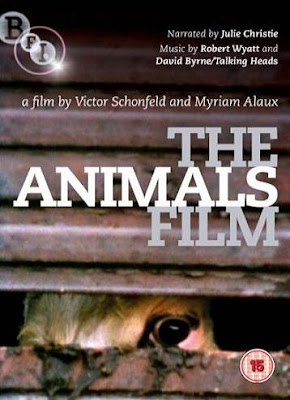

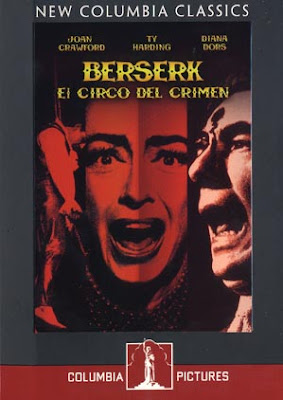
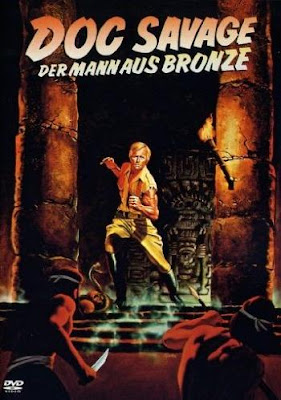

 Also
Also  Impressively, in Japan, there's already an entire series boxset of
Impressively, in Japan, there's already an entire series boxset of 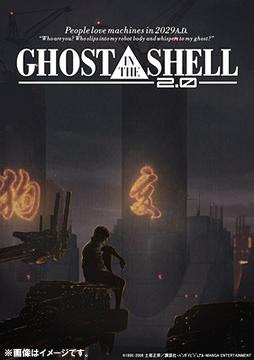 More exciting still, is the announcement that the revised CGI-enhanced version of the original movie, released to Japanese cinemas earlier this year as Ghost in the Shell 2.0, will appear on Blu-Ray in November. CD Japan only lists English subtitles on the
More exciting still, is the announcement that the revised CGI-enhanced version of the original movie, released to Japanese cinemas earlier this year as Ghost in the Shell 2.0, will appear on Blu-Ray in November. CD Japan only lists English subtitles on the 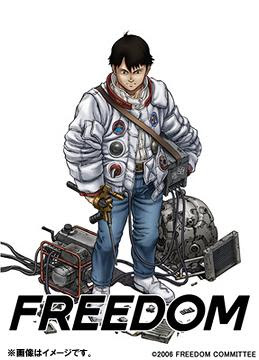 While Freedom was only releassed on the HD-DVD format in America (
While Freedom was only releassed on the HD-DVD format in America ( A reissue of the Japanese
A reissue of the Japanese 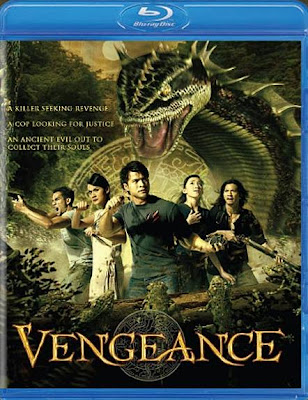 As for movies from Thailand, Vengeance (
As for movies from Thailand, Vengeance (